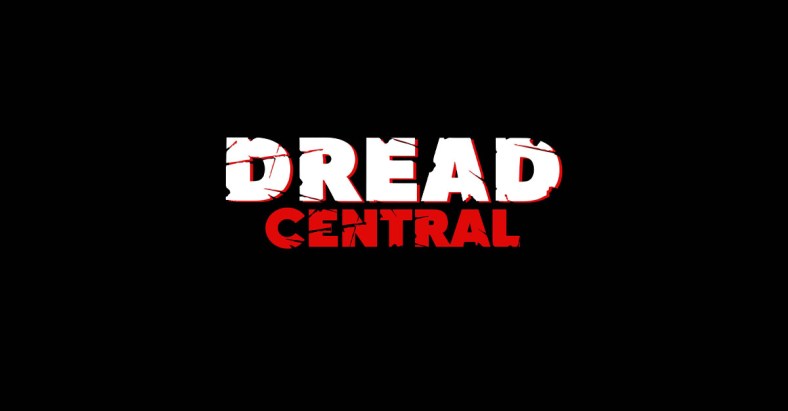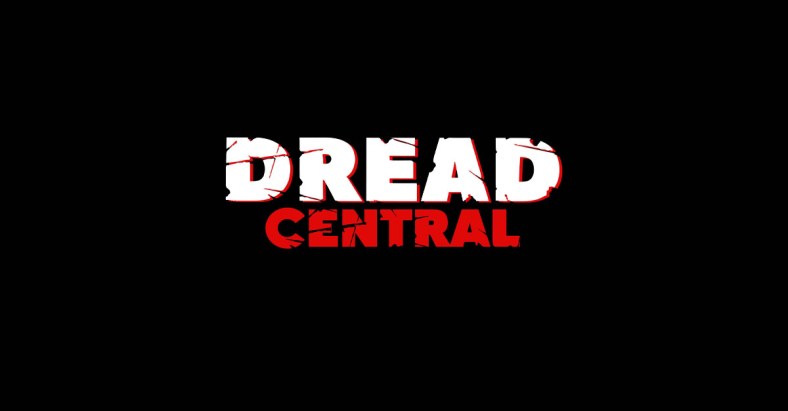Fairy Tales and Killer Dolls: John Lafia and CHILD’S PLAY 2

Earlier this year, I was shocked and saddened by the news of the death of John Lafia. He was something of a Renaissance man, working as a producer, writer, director for film and television, as well as a composer and musician. His Hollywood career began in the art department on the low budget science fiction adventure Space Raiders (1983) and the apocalyptic punk classic Repo Man (1984). But he is perhaps best known to horror fans as the writer/director of cult favorite Man’s Best Friend (1993) and for his contributions to the first two Child’s Play films. Though I came to the Child’s Play franchise much later in life than most, I became an instant fan of the series. My favorite of them all is Child’s Play 2, which celebrates its 30th anniversary this year.

Synopsis:
After moving to a new city, young Andy Barclay receives a special present from his mother — a seemingly innocent Buddi doll that becomes his best friend. When the doll suddenly takes on a life of its own, Andy unites with other neighborhood children to stop the sinister toy from wreaking bloody havoc.
Lafia initially came to the franchise when he was hired to write a draft of the script for the first film. During that process, he met series creator Don Mancini and the two hit it off immediately, beginning a friendship that would last more than thirty years. Neither Lafia nor Mancini had much to do with the film after it left their hands, but both made a strong positive impression on Child’s Play producer David Kirschner and both were brought in to work on the sequel: Mancini as writer and Lafia as director. While developing the script, both were able to include unused scenes from their drafts of the first film, a prospect that excited each of them. Screenplay in hand, Lafia set about to create a visual style that he hoped would top the original. It is this visual style that sets Child’s Play 2 apart from the first film and really any other film in the series.
The original Child’s Play has a very gritty, reality-based look to it. It is set in the city, the story is told largely from the point of view of the adults, and the camera work reflects that point of view with some very low “Chucky POV” shots included as well. In my opinion, the fact that the first film is so reality bound helps the second film work as well as it does. It lays the groundwork for us to buy into the level of threat that Chucky poses. If the audience does not believe the cute little doll is possessed by a serial killer and poses a real danger, the whole concept falls apart and really only works on a comedic level. Child’s Play 2 builds on the danger that Chucky poses while placing him in a more fantastical environment.
In fact, the whole film is set in what feels like a fairy tale world. Child’s Play 2 shifts the point of view from the adults and Chucky in the first film to Andy (Alex Vincent reprising the role from the original) and Chucky. Lafia shoots largely from very low angles and with wide-angle lenses. This makes the grown-ups, particularly social worker Grace (Grace Zabriskie) and foster parents Phil (Gerrit Graham) and Joanne (Jenny Agutter), tower in the frame and the sets look massive—as a child would see them. The color palette is almost entirely bright primary colors and pastels. The interior of the foster parents’ home is decorated in pinks and blues as though spun out of cotton candy, something akin to the gingerbread house in the woods from Hansel and Gretel. To hammer the fairy tale point home, the film includes Joanne reading to Andy from that story and later the teacher, Miss Kettlewell (Beth Grant), reading to her class from Pinnochio, foreshadowing Chucky’s gradual transformation into flesh and blood.
Not only are low angles used to make Andy’s surroundings look large, but very high angles are used to make Andy himself look small. And being made small is what the movie, at least in part, is really about. Andy’s story is continually dismissed as fiction, his mother has been sent to a psychiatric institution, forcing him to be placed with strangers, and of course, the diminutive Chucky continues to threaten and bully him as he did in the first film. All these elements work to make Andy feel diminished, unwanted, and small. The film immediately generates a great amount of empathy for Andy because we have all been in his shoes. We have all been children who have told an adult something and been disbelieved. We have all been made to feel small. By placing the camera where he does, Lafia reminds us what it was like to be a small child in a big world.
Another element that Lafia brought to the film was a clear love for classic film and the visual language it uses. There are moments that evoke film noir such as the light flooding in through the slats of the blinds in an early scene, casting distinct shadows on the sets and actors. The extreme low angles, deep focus, and wide shots recall Orson Welles and Citizen Kane. But perhaps most of all, Lafia clearly loved the work of Alfred Hitchcock. There are moments in the film that are direct homages to Psycho in particular. The film opens with a rotating zoom out from Chucky’s eye much like the shot at the end of the shower scene of Janet Leigh’s lifeless gaze. The swinging, bare lightbulb in Miss Kettlewell’s storage room in the school, works much like the bulb in the fruit cellar in the climax of Psycho. And the scene in which Kyle (Christine Elise) approaches Joanne as she sits slumped in her swivel chair is structured almost exactly like Lila Crane’s discovery and reveal of Mrs. Bates.
When John Lafia set out to make Child’s Play 2, his hope was to make a film to top the original. That was quite a challenge considering that Tom Holland’s film is a great scary movie that still holds up extremely well after more than thirty years. But for me and many other fans, Lafia succeeded in his ambition. His film brought the high stakes and scares of the first film while balancing the concept with just the right amounts of childlike wonder and humor. Though I am a fan of each installment in the series for different reasons, I feel that Child’s Play 2 is the one that did it best. The collaboration between Mancini, Kirschner, and Lafia struck the perfect tone for the franchise, capturing lightning in a bottle. By all accounts, Lafia was a kind and amiable creative force who made the work relaxed and enjoyable. I hope he knew how much this film means to people and the kind of lasting, positive impression he made on them. John Lafia will be sorely missed, and his contributions to Child’s Play and far beyond will not be forgotten.

Categorized:Editorials News

